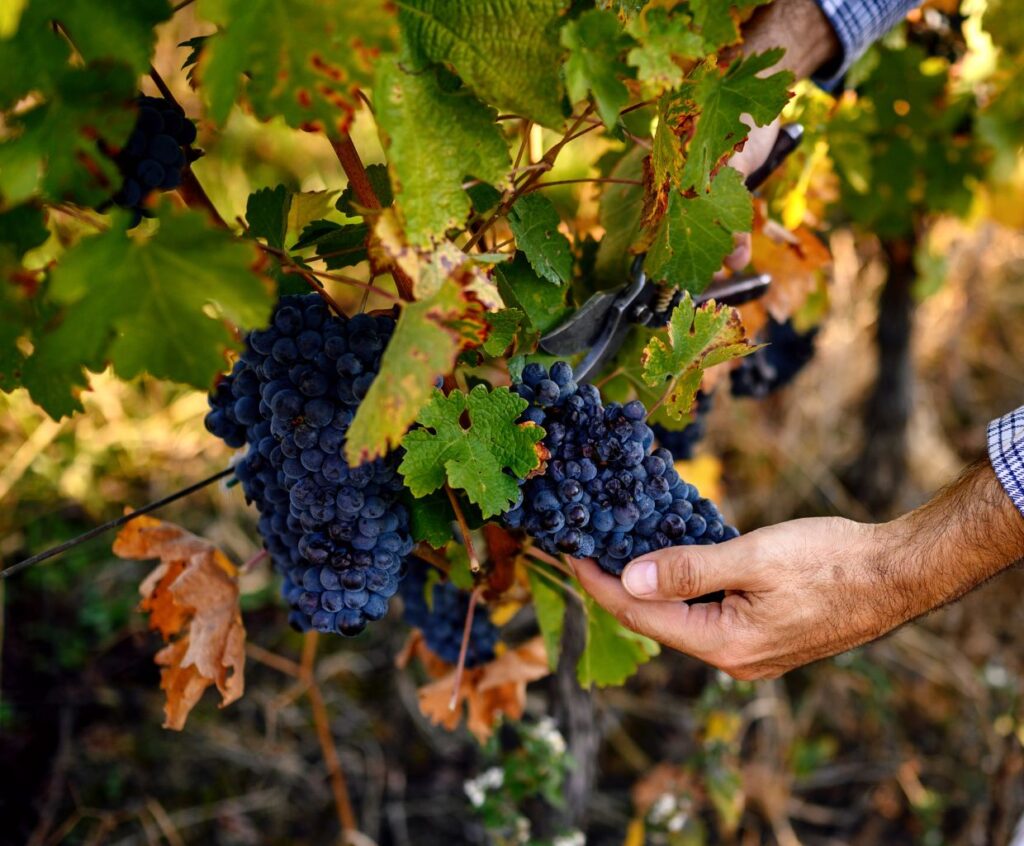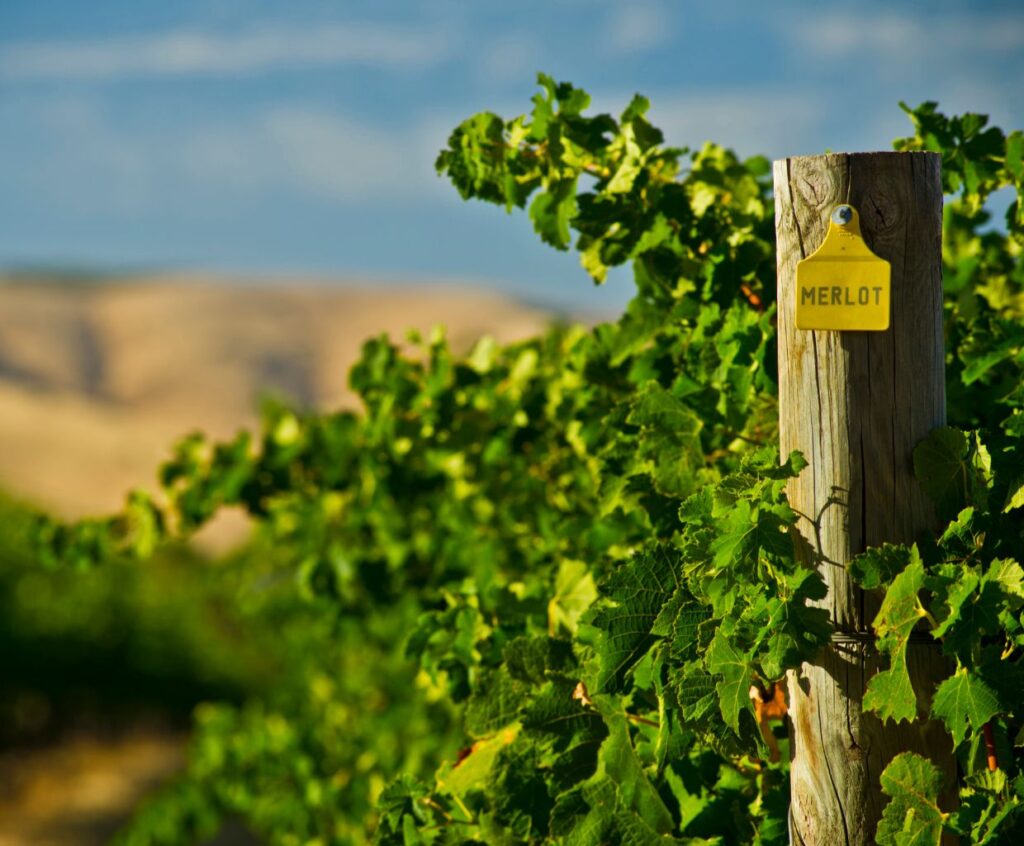Malbec vs. Merlot: Exploring the Differences and Similarities
Welcome, wine enthusiasts! Today, we embark on a journey to uncover the nuances between two popular red wine varieties: Malbec and Merlot. These wines have captivated palates worldwide with their unique characteristics and flavors.
Whether you’re a seasoned wine connoisseur or just starting your wine-tasting adventure, understanding the differences and similarities between Malbec and Merlot will enrich your appreciation for these exquisite beverages.
The Basics: Origins and Grapes
Let’s start with the basics. Both Malbec and Merlot are red grape varieties that originated in France. However, they have distinct characteristics that set them apart.
Malbec
Malbec is a grape variety that thrives in the high-altitude regions of Argentina. It produces bold and robust wines known for their deep purple color and intense flavors. Malbec wines often exhibit blackberry, plum, and dark chocolate notes, a velvety texture, and firm tannins. This variety has gained immense popularity and has become Argentina’s flagship wine.
Merlot
On the other hand, Merlot is a versatile grape that can be found in various wine regions across the globe, including France, the United States, and Italy. It is known for producing smooth, medium to full-bodied wines that are often described as approachable and easy-drinking. Merlot wines typically offer flavors of cherry, blackcurrant, and plum, with softer tannins than Malbec.
Taste and Food Pairing
Now that we’ve covered the basics, let’s delve into these two delicious red wines’ taste profiles and food pairings.
Malbec
Malbec’s bold and robust nature pairs well with equally hearty dishes. It complements grilled meats, such as steak or lamb, and stands up to rich, flavorful sauces. The wine’s velvety texture and dark fruit flavors make it an excellent choice for indulging in a cheese platter featuring aged cheddar or gouda.
Merlot
Merlot’s smooth and approachable character makes it a versatile wine that pairs well with various foods. It is a fantastic match for roasted chicken, pork tenderloin, or grilled vegetables. Its softer tannins and fruit-forward profile make it an ideal accompaniment to creamy pasta dishes or even chocolate desserts.
How do the food pairing options differ when it comes to Malbec and Merlot wines
Regarding food pairing options, Malbec and Merlot wines have some differences. Here are some points to consider:
1. Malbec:
- Malbec wines are known for their bold and robust flavors, with notes of black fruits, spices, and sometimes a hint of smokiness.
- They pair well with red meats like beef and lamb and game meats like venison or bison.
- Grilled or barbecued meats complement the richness of Malbec.
- Malbec also goes well with dishes with a spicy or tangy component, like Mexican or Indian cuisine.
- Hard and aged cheeses like cheddar or gouda can also be paired with Malbec.
2. Merlot:
- Merlot wines are generally medium-bodied with flavors of ripe fruits like plum and cherry and sometimes herbal or earthy undertones.
- They pair well with a wide range of foods due to their versatility.
- Merlot goes well with roasted or grilled meats like chicken, pork, or turkey.
- It can also be paired with pasta, risotto, and mushroom-based dishes.
- Soft and semi-soft cheeses like brie, camembert, or gorgonzola can be enjoyed with Merlot.
While Malbec and Merlot can be paired with red meats, Malbec is bolder and pairs well with spicier or smokier dishes. At the same time, Merlot’s versatility allows it to be paired with a broader range of foods, including lighter meats and vegetarian dishes.
What are the main similarities and differences in the production methods of Malbec and Merlot wines?
Malbec and Merlot wines are produced using similar methods, but there are also some notable differences.
Similarities:
1. Harvesting: Malbec and Merlot grapes are usually harvested by hand to ensure the best quality fruit.
2. Fermentation: Both wines undergo fermentation, where the grape juice is converted into alcohol by yeast. This process typically takes place in temperature-controlled stainless steel tanks.
3. Aging: Malbec and Merlot wines can be aged in oak barrels to enhance their flavors and add complexity. This aging process can range from a few months to several years.
4. Bottling: Once the wines have aged and achieved the desired flavors, they are bottled and sealed for distribution.
Differences:
1. Climate and Region: Malbec grapes are primarily grown in Argentina, whereas Merlot grapes are grown in various regions worldwide, including France, the United States, and Italy.
2. Flavor Profile: Malbec wines tend to have a bold and robust flavor profile, with notes of dark fruits, cocoa, and spice. On the other hand, Merlot wines are more medium-bodied with softer tannins and flavors of red fruits, plums, and herbs.
3. Tannin Levels: Malbec wines generally have higher tannin levels compared to Merlot wines, which can contribute to a more structured and intense mouthfeel.
4. Aging Potential: Merlot wines often have more significant aging potential, with some high-quality examples benefiting from several years of cellaring. Malbec wines are typically consumed within a few years of release.
Overall, while Malbec and Merlot wines share some production methods, the differences in climate, flavor profile, and aging potential make them distinct.
Malbec vs. Merlot – Conclusion
While Malbec and Merlot are similar red wines, they also possess distinctive qualities that make them stand out. Malbec’s boldness and intensity capture the essence of Argentina’s wine industry, while Merlot’s approachability and versatility make it a crowd-pleaser worldwide.
So, next time you find yourself at a wine bar or perusing the wine aisle, consider trying Malbec and Merlot. Explore the differences and appreciate the unique flavors each variety has to offer. Cheers to the beauty of red wine!




